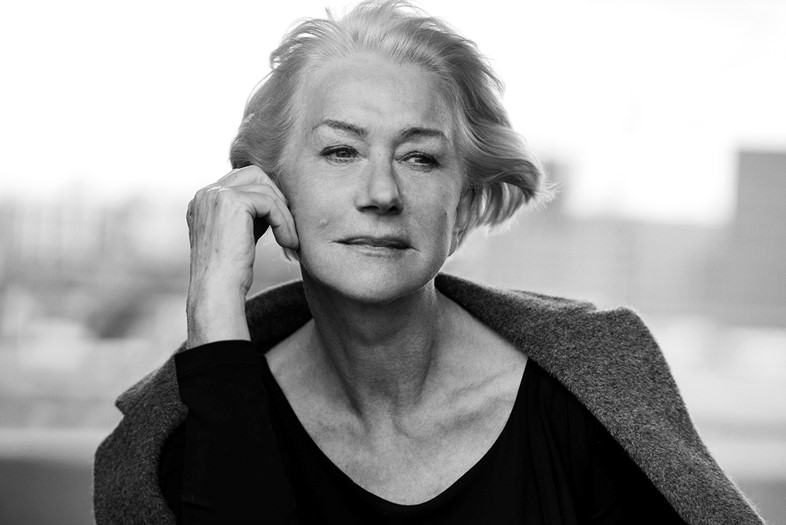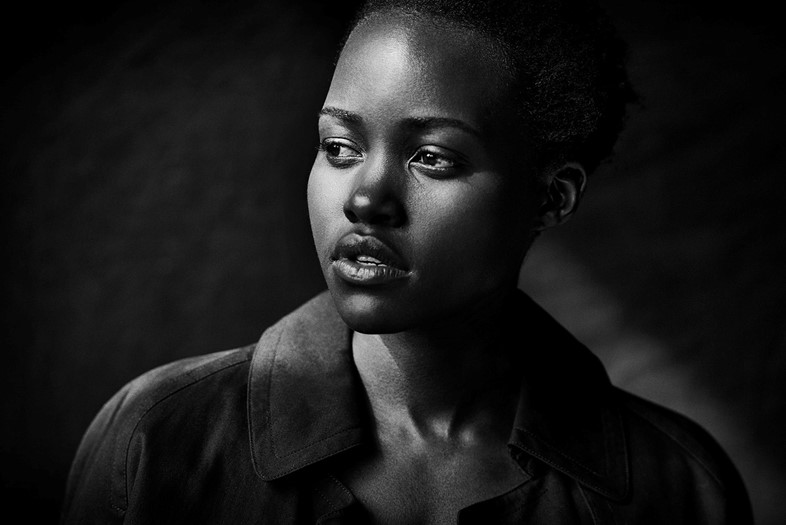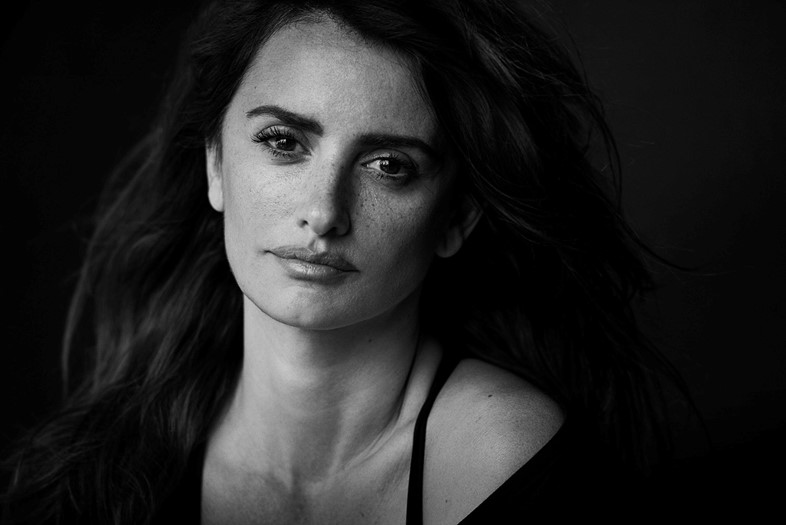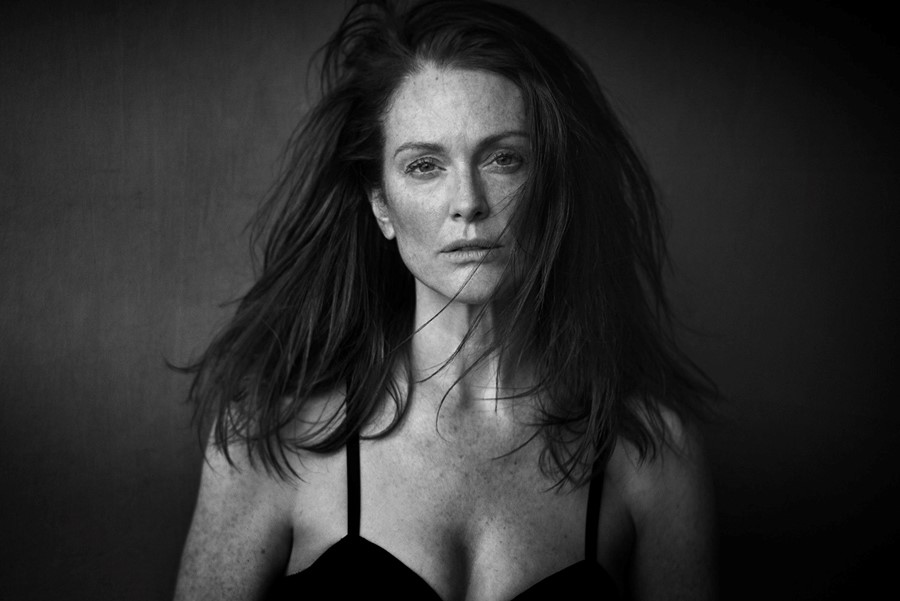As a new book of his Pirelli calendar outtakes is published by Taschen, we explore how Peter Lindbergh’s aesthetic has shaped the fashion world as we know it
In 2002 Peter Lindbergh was tasked with shooting his second Pirelli Calendar, aptly named Peter Lindbergh’s Hollywood, which was the first of its kind to feature actresses rather than the usual ultra airbrushed and scantily clad models. In it, the chosen women made Lindbergh’s images come alive with a sense of their own narrative, in way that Pirelli had never seen before. Even Germaine Greer declared it the “most challenging calendar yet”.
It is testament to how groundbreaking this work was that Pirelli called upon the photographer once more to produce a sequel to this earlier edition for 2017. This time, it featured candid black and white portraits of actresses of all ages and ethnicities, including Kate Winslet, Penelope Cruz, Charlotte Rampling, Dame Helen Mirren, Lupita Nyong’o and Zhang Ziyi. Simply titled Emotional, it was a calendar that “conveys personality, sensitivity and the guts to be yourself,” said Lindbergh.

The outtakes of this shoot form the basis of a new book, published by Taschen, titled Shadows on The Wall, which showcases images handpicked from 37,000 photographs. “Most of the fashion-related media today prefer to take away the identity and experiences of their protagonists – your poetry and all the small imperfections, the signs of your own life supposed to be there to tell your story – and replace it with senseless perfection,” Lindbergh says in the publication, his un-retouched images forming a new body of work eschewing this statement.

Lindbergh’s career was founded on this ‘imperfect’ aesthetic, when in 1988, Anna Wintour, the newly appointed editor-in-chief of American Vogue, launched her inaugural cover starring Israeli model Michaela Bercu. Two years later, Lindbergh’s work graced the cover once more with an image that would go on to be known as “the birth certificate of the supers”, sealing his status as a revolutionary. Cindy Crawford, Naomi Campbell, Tatjana Patitz, Christy Turlington and Linda Evangelista fiercely gaze into the lens, rendered statuesque in black and white, now a Peter Lindbergh signature. “I was more concerned about a more outspoken, adventurous woman in control of her life and not too concerned about her social status or emancipated by masculine protection,” the photographer said of his inspiration, ahead of his exhibition A Different Vision on Fashion Photography, which opened in 2016. This sentiment rings especially true in his latest project.

Lindbergh is a staunch critic of today’s selfie culture, one in which image manipulation apps are offering the general public the means to quickly alter their appearance to adhere to societal standards of youth and beauty. Although such alterations remain pervasive within the field of fashion photography, arguably Lindbergh paved the way for some of the brightest emerging names working against these ideas today. “It should be a duty for every photographer working today to use [their] creativity and influence to free women and finally everyone from the fervour of youth and perfection,” says Lindbergh. Thankfully, the likes of Harley Weir, Jamie Hawkesworth and Tyrone Lebon, to name but a few, uphold this sentiment – all shoot on film and rarely re-touch their images, presenting subjects in a similar ‘flaws and all’ manner. As Lindbergh’s work was in the early 1990s – and remains so today, as exemplified in Shadows on The Wall – their photography is a welcome antidote to the silicone perfection of our Instagram age.

Peter Lindbergh: Shadows on The Wall is out now, published by Taschen.
